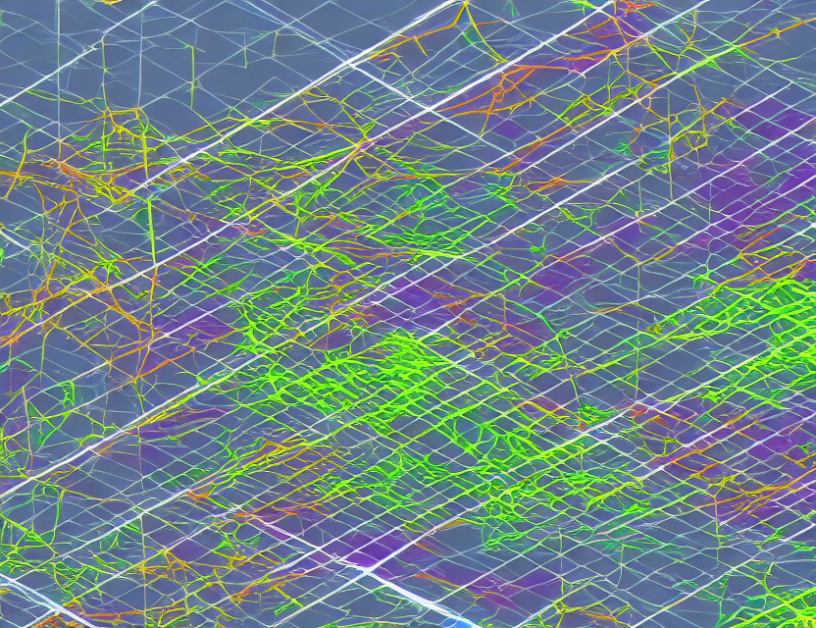In this paper, the authors propose a novel approach to learning a vector representation of time, which they call "time2vec." This method is designed to capture the temporal correlations in data and enable efficient computation on large-scale time-series datasets.
To understand how time2vec works, imagine you have a long piece of string with many beads attached to it, each representing a specific point in time. The beads are all different colors, representing different events or patterns in the data. However, the string is very long, making it difficult to analyze or process the data.
That’s where time2vec comes in. It’s like a special tool that helps you compact the string into a much shorter form while preserving all the important information about the beads. This new compact form is called a vector representation of time.
The authors use a technique called "graph neural networks" (GNNs) to learn the vector representation of time. GNNs are like smart nodes on the graph that can learn and adapt based on the patterns they observe in the data. By combining GNNs with time2vec, the authors can capture both the spatial and temporal correlations in the data, leading to improved performance on a variety of tasks.
One of the key insights of the paper is that the choice of the number of nodes in the graph (called "lambda" in the paper) has a significant impact on the performance of time2vec. Essentially, too many nodes can make the model too complex and difficult to train, while too few nodes may not capture enough temporal information.
The authors demonstrate the effectiveness of time2vec on several real-world datasets, including traffic prediction, weather forecasting, and financial market analysis. They show that time2vec outperforms existing methods in terms of both accuracy and efficiency, making it a valuable tool for analyzing large-scale time-series data.
Overall, the paper provides a significant contribution to the field of time-series analysis by introducing a novel approach to learning a vector representation of time. The proposed method has important implications for a wide range of applications, from predicting traffic patterns to optimizing financial portfolios.
Computer Science, Machine Learning
Forecasting Performance of Different Methods on Various Datasets



